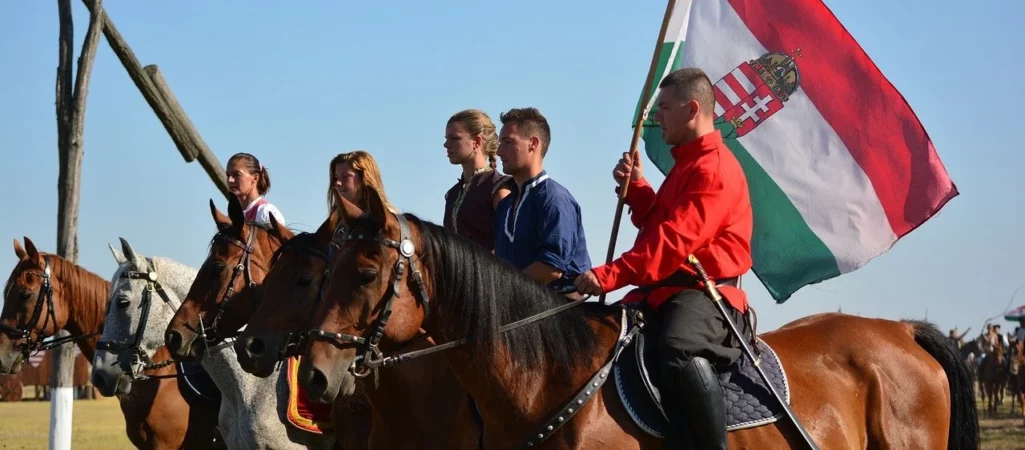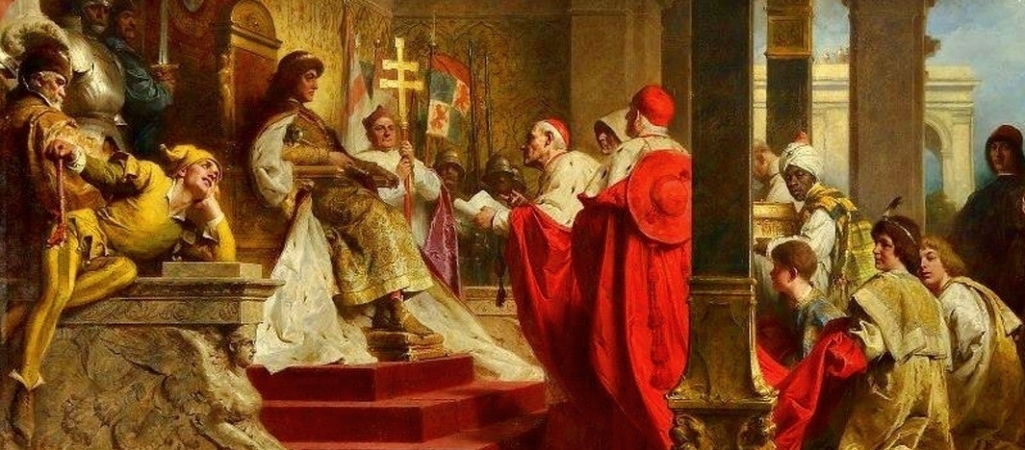Forgotten years in Hungarian history
The first and most important step in forming people’s national identity is learning about their history. Our prehistory and conquest of the Carpathian Basin have always been surrounded by great interest. So, how is it possible that we were granted linguistic independence 3,500 years ago, but we only have historical knowledge from different sources that date back 1,200 years? Where did those 2,300 years go and what happened during that time?
These are the questions that Dr. Balázs Sudár, a Hungarian historian, aims to find answers to within the event of the Science Festival+ organised by the Hungarian Academy of Sciences.
The story of the seven leaders and the entry of the Hungarian nation into the Carpathian Basin are significant events in our history, however, they should not be considered the beginning. At least, not regarding our community and our linguistic independence. The most plausible reason why more than 2,000 years of our history could be “missing” is the nomadic lifestyle that our ancestors led.
Historians have been entrusted with the challenging task of filling in the missing gaps in our history. Their best tool for fulfilling this task is interdisciplinarity, meaning that they also use the help of other disciplines to be able to build a newer narrative without concrete, written historical sources.
Rethinking old and discovering new sources are not only beneficial in terms of finding out something new about our history, but they could also lead us to new revelations about false or misunderstood information and facts in our past. For instance, 24.hu reported that Balázs Sudár and János B. Szabó concluded an examination of Ibn Ruszta’s text, and they found that it was more likely to be about a group of Hungarian people who lived in the east. Initially, the ancient text was believed to tell the story of the pre-conquest Hungarians living in Etelköz.

Read alsoWhat languages have influenced the Hungarian language?
Another question that arose is when we use the term Hungarians, who are we actually referring to? The Hungarian nation is not something that just came to life one day out of nowhere or something that has always been around. The formation of the steppe nations, which we are probably a part of, is a complicated process. The characteristics of these groups include that they are constantly changing and evolving. That is why there is usually a strong leader at the epicenter of all these communities. This strong leader’s role in Hungarian history is embodied by Hunor and Magor.
Yet, many questions remain. Where the Hungarian language came from, which community the Árpáds belonged to, whether the descendants of the Árpád-house really came from the steppe, or where the turul, our national symbol, is from are still unknown territories, yet to be explored in the upcoming future.

Read alsoUnbelievable finding: the genetic heritage of the Hunyadi family has been discovered!
Author: Réka Novozánszki
Source: 24.hu
please make a donation here
Hot news
What happened today in Hungary – 26 July, 2024
Drama: number of births in a 20-year low in Hungary
Yay or nay? – 6 odd Hungarian delicacies that make our skin crawl
Budapest tourism “exploded” this past weekend
Container transport in Budapest may stop: How will this affect Hungarian economy?
Minister: Hungary will protect its territory by every means possible



